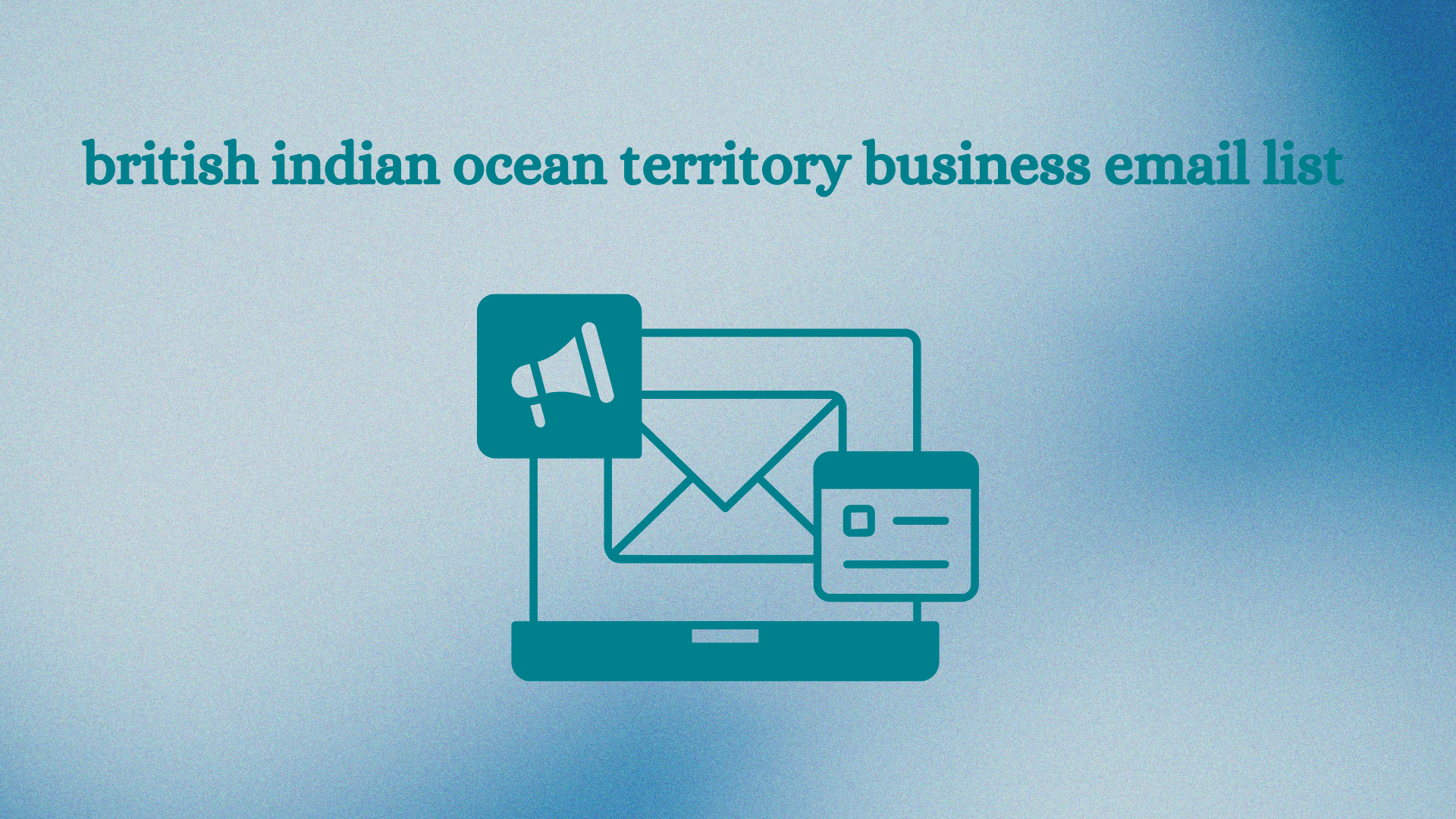Data-Driven Decision Making
Data-driven decision-making enables marketers to develop more accurate and effective strategies. Instead of relying on guesswork or intuition, data analysis provides a concrete basis for creating content that truly resonates with target audiences.
Identifying Trends and Patterns
Analyzing data allows you to identify trends and patterns in audience behavior. This includes understanding what types of content are most consumed, their preferred formats (such as videos, articles, infographics), and the topics of greatest interest. With this information, you can create content that directly meets your audience’s preferences, increasing your chances of success.
Performance Evaluation
Another advantage of data analysis is the ability to evaluate the performance of previously published content. Metrics such as time spent on page, bounce rate, shares, and comments provide a clear view of what is working and what needs to be adjusted. This way, it is possible to continuously optimize the content strategy.
Segmentation and Personalization
Audience segmentation is one of the most powerful strategies in digital marketing . Data analysis allows you to divide your audience into specific segments based on a variety of criteria, such as behavior, demographics, and interests. This enables you to create highly personalized content that speaks directly to the needs and desires of each segment.
Persona Creation
A common practice is to create personas, fictional representations of different types of ideal customers. Data analysis provides the information needed to accurately build these personas, including demographic, behavioral, and psychographic data. With well-defined personas, content can be tailored to meet the expectations of each customer profile.
Relevant and Engaging Messages
Personalized content is more likely to engage audiences because it’s seen as more relevant. When audiences feel like content was made specifically for them, their connection with the brand is strengthened, resulting in higher engagement and loyalty.
SEO Strategy Optimization
Data analysis plays a crucial role in optimizing SEO (Search Engine Optimization) strategies. Understanding which keywords are driving the most traffic, which pages are performing best, and how users are interacting british indian ocean territory business email list with your site allows for adjustments that improve visibility and ranking in search engines.

Keyword Research
Data analysis tools help you identify keywords that are relevant to your niche. By knowing what terms users are searching for, you can create optimized content that meets those searches, increasing the chance of attracting qualified organic traffic.
Competitor Analysis
Data analysis allows you to monitor your competitors’ performance. Understanding which strategies are working for them can provide valuable insights to adjust your own strategy and stand out in the market.
ROI Measurement and Strategy Adjustment
Measuring return on investment (ROI) is essential for any marketing strategy. Data analysis provides a clear picture of which initiatives are generating the best results and where adjustments need to be made.
Identifying High-Performance Content
By identifying which content performs best in terms of engagement and conversions, you can replicate these strategies in future campaigns. This helps ensure that resources are invested in areas that actually deliver returns.
Real-Time Adjustments
Continuous analytics allow for real-time adjustments. If a campaign isn’t performing as expected, data can quickly pinpoint weaknesses, allowing corrective action to be taken before it’s too late.
Data Analysis Tools
There are several tools available to help with data analysis, each with its own specific features and functionalities. Choosing the right tool can make all the difference in the quality of the information obtained.
Google Analytics
Google Analytics is one of the most popular and comprehensive tools. It offers a wide range of metrics and detailed reports on user behavior on the website, helping to identify trends and opportunities for optimization.
SEMrush
SEMrush is another powerful tool that’s especially useful for SEO analysis and keyword research. It also provides insights into your competitors’ performance, which can be extremely valuable for fine-tuning your strategies.
Forecasting Future Trends
Data analytics isn’t just about assessing past and present performance. One of its biggest advantages is its ability to predict future trends. Using machine learning techniques and predictive algorithms, marketers can anticipate changes in consumer behavior and proactively adapt their content strategies. This allows brands to stay one step ahead of the curve, creating content that meets emerging audience needs before they even become apparent.
Improved User Experience
Data analysis is also crucial to improving the user experience. By analyzing metrics such as bounce rate, time spent on site, and navigation flow, marketers can identify friction points on the site or in the content. With this information, it is possible to make adjustments that make navigation more intuitive and enjoyable, increasing user satisfaction. An optimized user experience not only retains more visitors, but also encourages return visits and continued engagement.
Using Sentimental Analysis
An innovative approach to data analysis is sentiment analysis, which examines the emotions expressed by audiences towards specific content. By using tools that analyze comments, reviews, and interactions on social media, it is possible to better understand users’ perceptions and feelings. This provides deep insights into how content is being received emotionally, allowing for adjustments that can improve receptiveness and emotional connection with the audience.
Multi-Channel Data Integration
Integrating data from multiple channels is a powerful strategy for gaining a holistic view of consumer behavior. Collecting and analyzing data from multiple sources, such as social media, email, websites, and apps, allows for a more complete understanding of customer journeys. This integrated view helps identify patterns that would not be evident in isolated analyses, enabling a more cohesive and effective content strategy. It makes it easier to personalize content across platforms, ensuring a consistent and relevant experience across all touchpoints.
Analytics is an essential component of creating successful content. By providing valuable insights into audience behavior and content performance, it enables marketers to make more informed and effective decisions. With the help of analytics tools, you can continually optimize your content strategy, ensuring that each piece you create has maximum impact and relevance .
